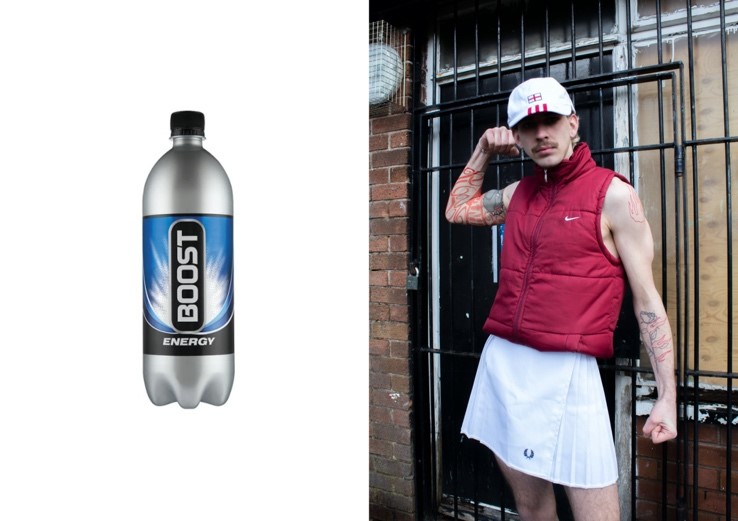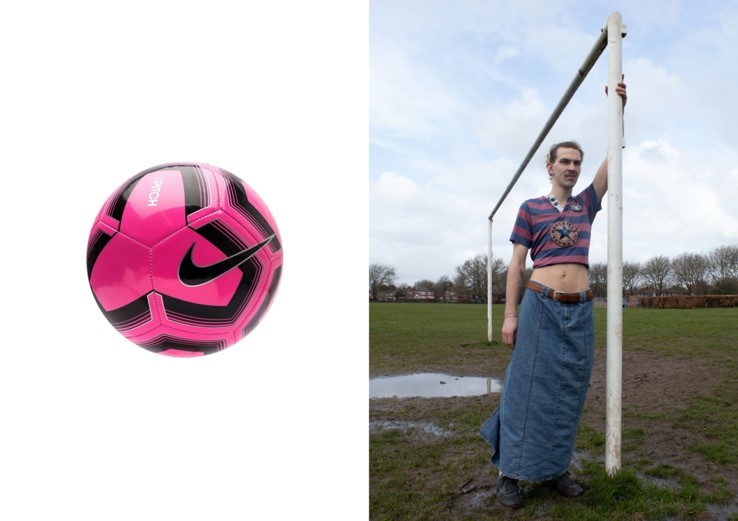‘Charity shops provide a sustainable and ethical option when one wishes to dispose of unwanted clothes‘. Charity shopping is great and is definitely associated with being a positive and sustainable act, however, a recent peak in popularity and a noticeable trend in charity shopping has created awareness of a few possible social issues these rising social media platforms are causing.

An issue discussed between charity shoppers is that they had noticed independent businesses on online re-selling platforms such as eBay and Depop profiting massively from re-selling charity shop items for up to 4 times the original asking price. Ethical and fair is the question? Speaking truth, originally these profits rose as an issue because it does not feel that it is fair to profit so greatly from charity, it simply seems wrong.
TikTok is another huge platform that has undoubtedly created such a huge trend in charity shopping. ‘TikTok famous’ individuals are inspiring others to charity shop because of such unique finds. Which of course is great, as it means people are donating to charity and charities are bound to have had an increase in sales since the trend started. However, the issue which is circulating is thrift flipping which became noticeable from an article on I-D, which addressed this ‘thrift flipping’ as unethical. For those unaware, thrift flipping is selling an item for more than the original price paid for it. In this case, the issue is that Gen Z ‘TikTokers’ are buying plus-sized garments from charity shops and using the material to create a new garment, leaving little stock for plus-sized men and women who shop in charity shops regularly.
Referring back to the first statement from Google which tells us how charity shops are places for people to donate unwanted clothing sustainably and ethically, it does not tell the full truth. Unfortunately, charity shops receive destroyed garments with regularity which are not suitable to sell on the shop floor. Because of this, charities are forced to spend money disposing of the materials, and around 25% goes directly to landfill. 40-50% is exported into the problematic global second-hand clothing trade, immersing the textile market of Pakistan and Malaysia, and some items are even being burned.
Now taking into consideration how many garments charity shops have to throw into landfill because of overstock, these small reselling businesses might be doing charity shops a favour by purchasing unwanted garments for the asking price, allowing charity shops to bring more garments up onto the shop floor. Maybe this thrift flipping, charity shop cycle is quite possibly beneficial to prevent a huge percentage of clothing being burnt or sent to landfill.
To help this issue, take care when donating to charity shops by making sure the items are 100% sellable. If not – jump on the trend and upcycle the fabric. Buy from small reselling businesses or even sell your own. Most importantly, keep charity shopping and go wild when styling your one-off pieces!
My name is James William Creighton. I currently study Fashion Image Making and Styling at the University of Salford. I love using imagery to address important social issues surrounding gender roles and toxic stereotyping. My most recent work presents realistic masculinity and how being masculine has no definition.
Instagram: @ja.cr.hrd.cr
Email: jamescreighton7@gmail.com


